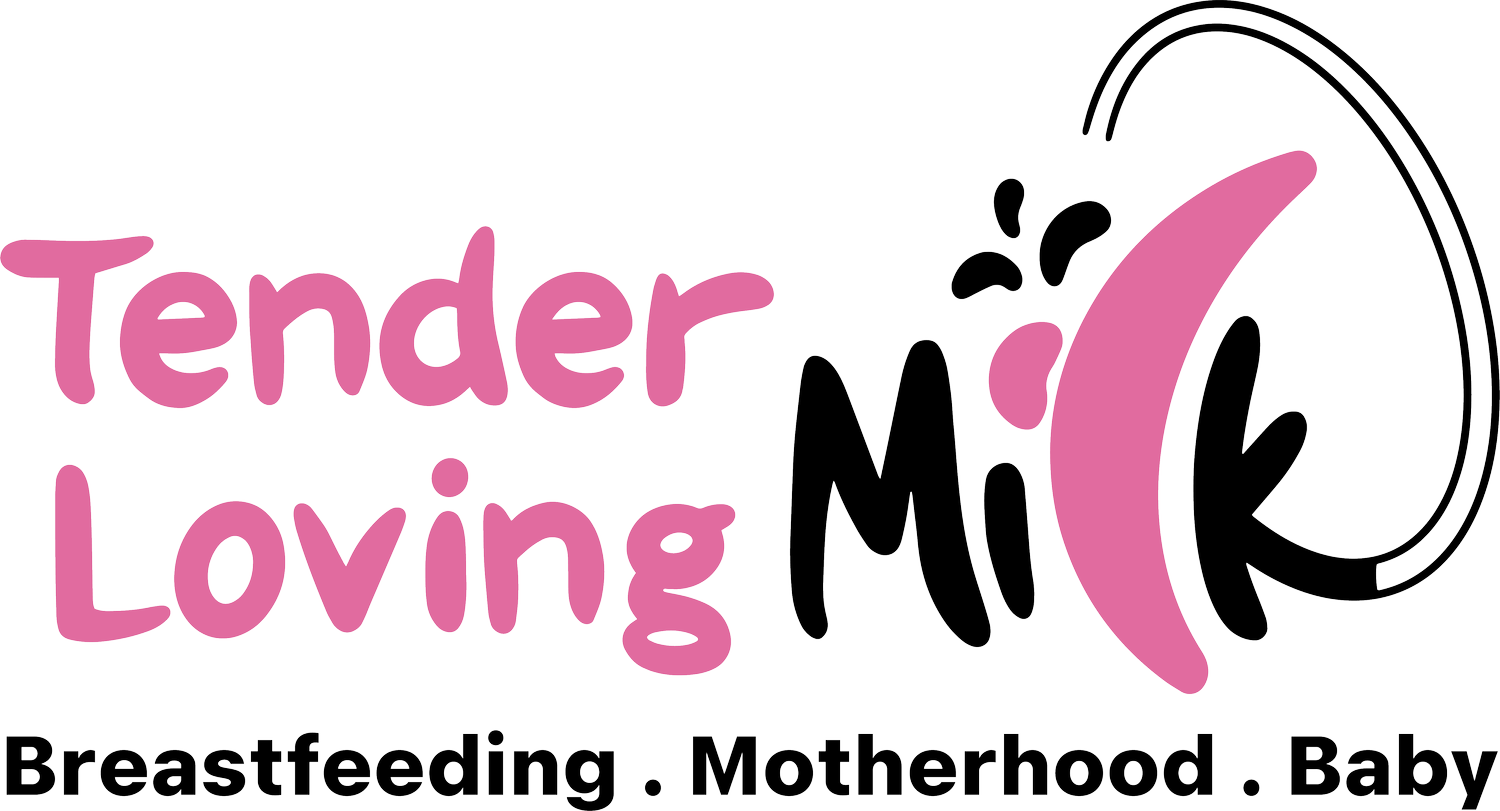Ways to Relieve Breast Engorgement
Ways to Relieve Breast Engorgement… AT HOME!
In the first few days after delivering your baby, your body will take you on an adventure! One of the things that will surely take you on both a physical and mental rollercoaster, is the process of milk production.
Every woman will have a unique experience. Some women will experience an undersupply of milk, which can be discouraging. Other women will experience an oversupply, which can be stressful and difficult to manage. Regardless of what you experience, know that you are not alone in your attempt to find peace with your body during this time.
A frequent struggle of moms is breast engorgement. In a study completed in 2019 [Indrani D], 65 to 75 percent of lactating mothers struggle with breast engorgement. Breast engorgement presents itself with the feeling of sore, even heavy, breasts due to the body producing more milk than it is expelling.
Engorgement can be painful!
The extremely full breasts, in an attempt to empty, may have rapid letdown that makes feeding even more challenging. It may be difficult for your baby to keep up with a fast letdown. Of course, this results in frustration and continued discomfort for a new mother!
Thankfully, engorgement is a condition that can typically be handled at home. Here are the 6 most effective things that you can do to get relief from breast engorgement!
1) Gentle breast massage
Massaging your engorged breasts may seem painful and uncomfortable, but it does not need to be super hard massages. Gently massaging your engorged breasts is very important as we do not want to cause further tissue damage. Massaging your breasts and alternating with hand expression can be pretty helpful to relieve the engorgement.
Emptying the breast is the fastest way to find relief. However, it is crucial not to overuse pumping. Remember, your body will regulate milk production according to how much milk you express, whether it be through breastfeeding, pumping, or hand expression. Over-pumping will cause your body to continue to produce large quantities of milk.
Here is a video on how to do a gentle breast massage followed by hand expression to relieve the engorgement:
"The Basics of Breast massage and Hand Expression" video by Maya Bolman, IBCLC and Ann Witt, MD, FABM, IBCLC
2) Reverse pressure softening
If you find that your areola is puffy, hard and swollen, you can use this technique to soften your areola, so that milk flow can be a little smoother. The goal is to the fluid that causes the swell backwards and into your breast. The ABM Clinical Protocol suggests that moving the swell away from the areola has shown some improvements for baby to latch better during engorgement.
Check out this video to learn how you can exactly how to do Reverse Pressure Softening.
3) Breastfeed your baby as much as possible!
This might sound obvious, but it is not easy and you may feel that breastfeeding is the last thing you want to do. There are some studies that suggest “that early and frequent breast emptying in this population may prevent engorgement.” Remember that your body is learning how to produce the perfect amount of milk for your baby, so it may take time. Engorgement does not last forever!
4) Apply a cold compress to your breasts after feeding.
This can help to reduce swelling, and even result in temporary pain relief.
5) Experiment with breastfeeding positions.
Swollen and enlarged breasts can make it hard for a baby to latch. Try cradle carry, football hold, laying on your side, or being on all fours, with your breast hanging over the baby’s mouth. Feel free to seek help from an International Board Certified Lactation Consultant (IBCLC), who can help you find the most comfortable option for you!
6) Ensure you are wearing a comfortable and supportive nursing bra.
Avoid anything that is too tight. If possible, experiment with different dressing styles to see what is most agreeable with your body!
Generally speaking, engorgement can be managed at home. However, if you begin experiencing localized pain, redness, or your breast becomes hot to the touch, you may have a clogged duct. This will need to be dealt with a little more carefully. If any of these symptoms are accompanied by a fever, contact an IBCLC or a breastfeeding counselor for more advice, to ensure you have not developed mastitis.
Remember, engorgement is temporary. It is uncomfortable, but it will not last forever! Your body WILL regulate, and breastfeeding will become your new normal. It takes time and patience, but it is worth it in the end!
For more information on breastfeeding and all things motherhood and breastfeeding, subscribe to my website! You will be the first to get access to free content and resources just like this.
References and other information:
Indrani D, Department Of Urology And Obstetrics Physiotherapy, Saveetha College Of Physiotherapy, Saveetha Institute Of Medical And Technical Sciences, Tamil Nadu, India. May 31 2019, Accessed July 2021.
“ABM Clinical Protocol #20: Engorgement, Revised 2016” via NCBI
“Engorged Breasts – avoiding and treating”, La Leche League GB
